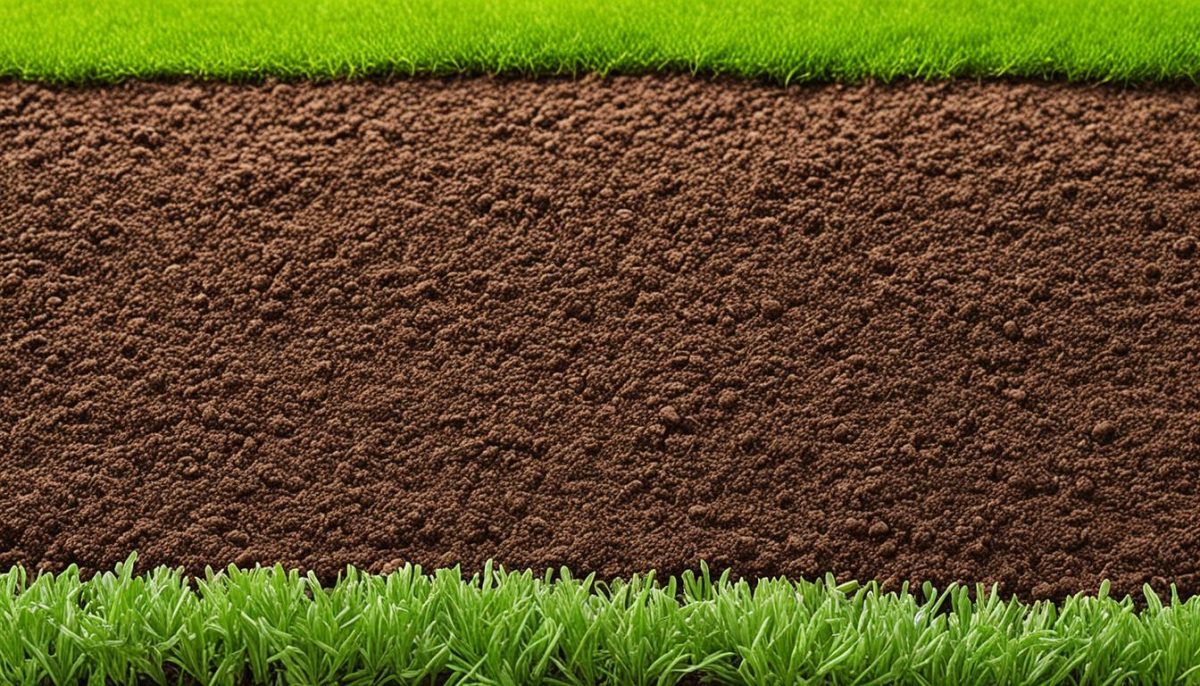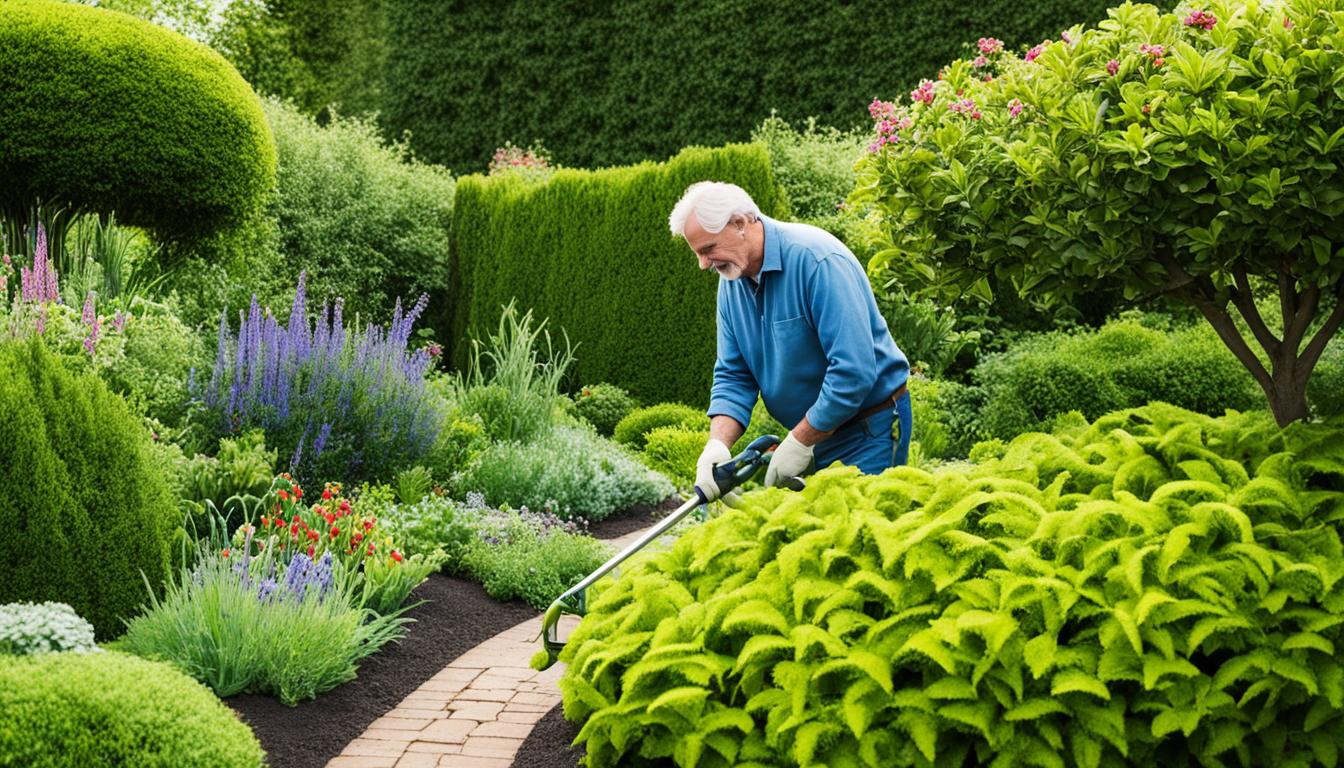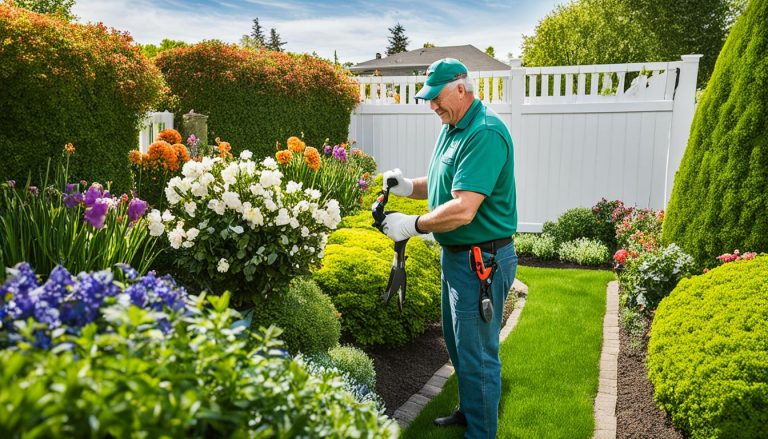Year-Round Beauty: Essential Landscape Maintenance Tips
Welcome to our comprehensive guide on landscape maintenance tips! In this article, we’ll provide you with valuable insights and advice to help you maintain a beautiful yard all year round. From pruning techniques to watering strategies, we’ve got you covered.
Landscape maintenance is essential for creating an outdoor oasis that thrives. By implementing the right practices, you can ensure your plants and green spaces stay healthy and vibrant throughout the seasons.
Regular pruning is one of the key factors in maintaining a beautiful landscape. It promotes healthy growth, enhances the appearance of plants, and helps control pests. We’ll share expert techniques to help you prune your plants effectively.
Understanding your soil’s composition is also crucial for successful landscape maintenance. We’ll explain how soil affects plant growth and provide tips on fertilization. By nurturing your soil and providing necessary nutrients, you’ll give your plants the best chance to flourish.
Proper watering and irrigation techniques are equally important for a thriving landscape. We’ll guide you through the different watering needs of various plants and help you create an efficient watering schedule. Plus, we’ll explore smart irrigation systems for convenience and water conservation.
So, whether you are a seasoned gardener or a beginner, our landscape maintenance tips will equip you with the knowledge you need to create and maintain a stunning outdoor space. Let’s dive in!
Understanding Soil and Fertilization
In order to create a thriving garden, it is crucial to understand the composition of your soil and its impact on your plants’ growth. A healthy soil provides the foundation for strong and vibrant plant life. Let’s explore the significance of proper soil management and the role of fertilization in nurturing your garden.
The Importance of Soil Composition
Soil is a complex ecosystem comprised of organic matter, minerals, water, air, and countless microorganisms. Each component plays a vital role in supporting plant growth and development. By understanding your soil’s composition, you can tailor your gardening practices to meet the specific needs of your plants.
One key factor to consider is soil pH, which is a measurement of its acidity or alkalinity. Different plants have different pH preferences, and maintaining the right pH level in your soil can influence nutrient availability for optimal plant growth.
Fertilization Techniques
Fertilization is the process of supplementing your soil with essential nutrients that may be lacking naturally. By providing the right combination of nutrients, you can promote healthy plant growth, increase flower and fruit production, and enhance the overall vigor of your garden.
When it comes to fertilizers, it’s important to choose the appropriate type and application method based on your plant’s specific needs. Organic fertilizers derived from natural sources, such as compost and animal manure, can provide a slow and steady release of nutrients. On the other hand, synthetic fertilizers offer faster results and precise control over nutrient ratios.
Consider conducting a soil test to determine which nutrients your soil may be lacking. This will help you select the right fertilizer formulation to address those deficiencies. Remember to follow the recommended dosage to avoid over or under-fertilization, which can harm your plants.
Choosing the Right Fertilizer
There are various types of fertilizers available on the market, each with its own nutrient composition and application method. It’s important to choose the right fertilizer for your specific plants to ensure optimal growth and health.
Here are some common types of fertilizers:
- Complete fertilizers: These contain a balanced combination of nitrogen (N), phosphorus (P), and potassium (K), along with other essential nutrients. They are suitable for most plants and provide overall nourishment.
- Nitrogen-based fertilizers: These are ideal for promoting lush green foliage growth. They are particularly beneficial for leafy plants like salad greens and grass.
- Phosphorous-based fertilizers: These stimulate root development, flowering, and fruit production. They are excellent choices for flowering plants, vegetables, and fruits.
- Potash-based fertilizers: Potash, or potassium, helps improve overall plant health, disease resistance, and tolerance to environmental stresses. They are suitable for a wide range of plants.

Soil and Fertilization Tips
Here are a few tips to keep in mind when working with soil and fertilization:
- Regularly test your soil to assess its nutrient levels and pH. This will help you make informed decisions about fertilization.
- Apply fertilizers in accordance with the specific needs of your plants and follow the recommended dosage to prevent nutrient imbalances.
- Consider using organic fertilizers to improve soil health and sustainability.
- Avoid over-watering, as it can wash away essential nutrients from the soil.
- Mulch your garden beds to conserve moisture and improve soil structure.
By understanding the composition of your soil and providing the right nutrients through fertilization, you can create an environment that fosters healthy plant growth and a vibrant garden.
| Fertilizer Type | Nutrient Composition | Recommended Plants |
|---|---|---|
| Complete Fertilizer | Balanced combination of N, P, K, and other nutrients | Most plants |
| Nitrogen-based Fertilizer | High in nitrogen | Leafy greens, grass |
| Phosphorous-based Fertilizer | High in phosphorous | Flowering plants, vegetables, fruits |
| Potash-based Fertilizer | High in potassium | Various plants |
Pruning and Trimming Techniques
Pruning and trimming are essential techniques for maintaining the health, shape, and aesthetics of your landscape. Regular pruning not only promotes healthy growth but also helps in controlling pests and maintaining the natural beauty of your plants.
When it comes to pruning, it’s important to understand that different plants have different requirements. Proper knowledge of the techniques specific to each plant type is crucial in achieving optimal results. Let’s explore some effective techniques for pruning and trimming different types of plants:
1. Pruning Shrubs and Trees
Shrubs and trees often require pruning to remove dead or damaged branches, improve airflow, and promote overall plant health. The following techniques can help you prune your shrubs and trees effectively:
- Start by removing any dead, diseased, or crossing branches.
- Use clean, sharp tools to make clean cuts at a 45-degree angle, just above a healthy bud or lateral branch.
- Remove any suckers or water sprouts at the base of the plant.
- Thin out overcrowded branches to improve light penetration and visual appeal.
2. Pruning Flowering Plants
Flowering plants require careful pruning to maintain their shape, enhance blooming, and prevent overgrowth. Here are some techniques for pruning flowering plants:
- Prune spring-blooming plants right after their flowers fade.
- For summer-blooming plants, prune in early spring to promote fresh growth.
- Remove dead or weak stems to encourage strong new growth.
- Use thinning cuts to remove overcrowded branches and improve air circulation.
Proper pruning techniques not only keep your plants healthy but also enhance the visual appeal of your landscape. Regular pruning helps control pests, shape plants, and stimulate new growth.
3. Trimming Hedges
Trimming hedges is essential to maintain their neat and tidy appearance. Here’s how you can trim your hedges effectively:
- Use hedge shears or electric trimmers to create clean, straight lines.
- Start by trimming the sides of the hedge, working from the bottom up.
- Move slowly and evenly to achieve a uniform shape.
- Trim the top of the hedge last, ensuring it is slightly narrower than the base for proper sunlight exposure.
4. Expert Tip: Proper Timing
Timing is crucial when it comes to pruning and trimming. It’s best to prune deciduous plants during their dormant season, typically in late winter or early spring. However, it’s important to research specific plant varieties, as some may require pruning at different times.
| Plant Type | Pruning Time |
|---|---|
| Roses | Late winter or early spring |
| Fruit Trees | Winter or early spring |
| Evergreen Shrubs | Spring or late summer |
| Deciduous Shrubs | Late winter or early spring |
Remember, proper pruning and trimming techniques not only maintain the health and shape of your landscape but also contribute to its overall beauty. Understanding the specific needs of each plant type and following the correct techniques will ensure your landscape thrives throughout the year.
Watering and Irrigation Strategies
Proper watering and irrigation strategies are vital for maintaining a thriving landscape. Understanding the unique watering needs of different plants and establishing an efficient watering schedule can make a significant difference in the health and vitality of your outdoor space.
When it comes to watering, it’s essential to strike a balance. Overwatering can drown the plants, leading to root rot and other issues, while underwatering can cause wilting and stunted growth. By observing the signs of overwatering, such as yellowing leaves or standing water around the plants, you can adjust your watering routine accordingly.
In addition to manual watering, exploring smart irrigation systems can help optimize water usage and enhance plant health. These systems use technology to monitor soil moisture levels and automatically adjust watering schedules, ensuring plants receive the right amount of water without wasting resources.
Remember, each plant has its own watering preferences depending on factors such as species, soil type, and weather conditions. Conducting research or consulting with local nurseries can provide valuable insights into the specific watering needs of your plants. By implementing effective watering and irrigation strategies, you can create an environment where your plants thrive and flourish all year round.







